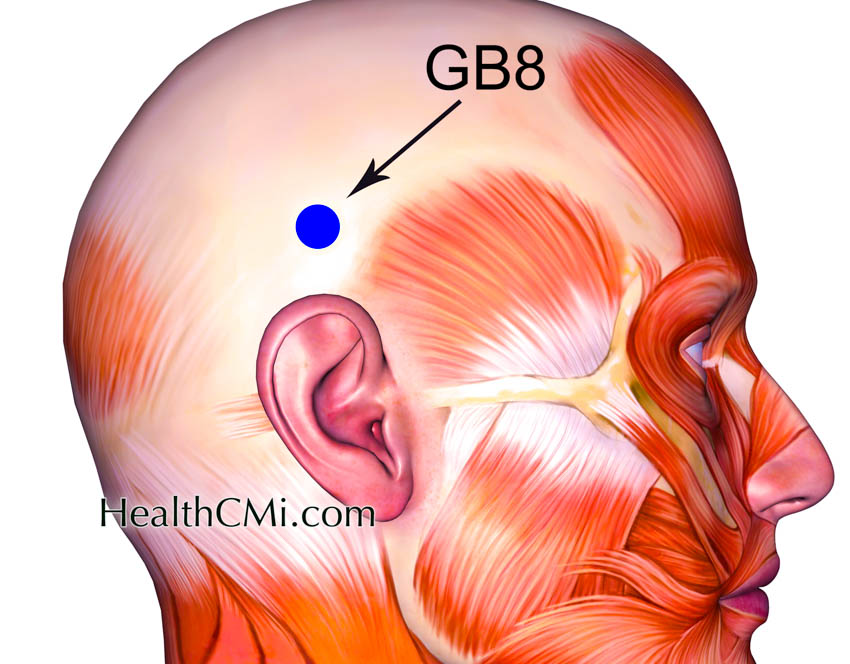
 i_need_contribute
i_need_contribute

A three-level symptom scoring system was adopted to measure the efficacy of the treatment protocols:
1) Significantly effective: pain ceased, no discomfort observed, no relapses within six months
2) Effective: pain significantly relieved, no discomfort observed, occasional relapses within six months, but intervals extended
3) Ineffective: pain level and frequency of onset remained unchanged
Among all patients in the acupuncture group, 19 cases were significantly effective, 11 were effective, and 0 cases were ineffective. The total efficacy rate was 100%. In the control group receiving only the drug nimodipine, six were significantly effective, 13 were effective, and 11 were ineffective. The drug control group had an efficacy rate of 63.3%. HealthCMi researchers find this data consistent with other clinical trials. As a result, acupuncture is recommended for patients with migraines.
The study used the following design. Patients admitted to the hospital were randomly selected into two groups as the sample for this study. In the acupuncture group, there were 13 males and 17 females. The age range was 18 to 75 years, and the average age was 50.3 ±5.7. The course of the disease ranged from 0.5 to 17 years. The course of the condition was 5 ±3 years. Regarding the onset frequency, 11 cases had the condition over six times within half a year, 15 cases suffered from the condition four to six times within the same period, and 11 had the condition one to three times.
In the control group, there were 14 males and 16 females. The age range was 16 to 78 years, the average age was 52 ±8. The course of the disease ranged from one year to 15 years. The course of the condition was 6 ±3 years. Regarding the frequency of onset, 5 cases had the condition over six times within half a year, 16 cases suffered from the condition four to six times within the same period, and 9 had the condition one to three times.
All of the patients experienced pain in the head, and the pain could be accompanied by nausea, vomiting, and dizziness. CT and MRI ruled out patients with headaches induced by cerebral infarction, cerebral hemorrhage, and lesions.
Treatment lasted for one month. The control group was administered nimodipine tablets, twice per day. The acupuncture groups received electroacupuncture plus infrared stimulation. A lateral or supine position was taken by patients. The following acupuncture points were administered:
Sterile filiform acupuncture needles (0.25 × 25 mm or 0.25 × 40 mm) were inserted. For acupoints on the head and LU7 (Lieque), transverse insertion was used. The rest of the points employed perpendicular insertion. Upon achieving deqi, ashi, LU7 (Lieque), and LV3 (Taichong) were connected to an electroacupuncture device. A continuous wave was adopted, and infrared was applied to Ashi areas.
The data is consistent with other research. As a result, acupuncture is indicated for the treatment of migraines.
Reference:
[1] Yang Ran, Clinical Observation of Electroacupuncture Combined with Infrared Radiation in the Treatment of Vascular Neuropathic Headache, Chinese Medicine Modern Distance Education Of China, March 2023.